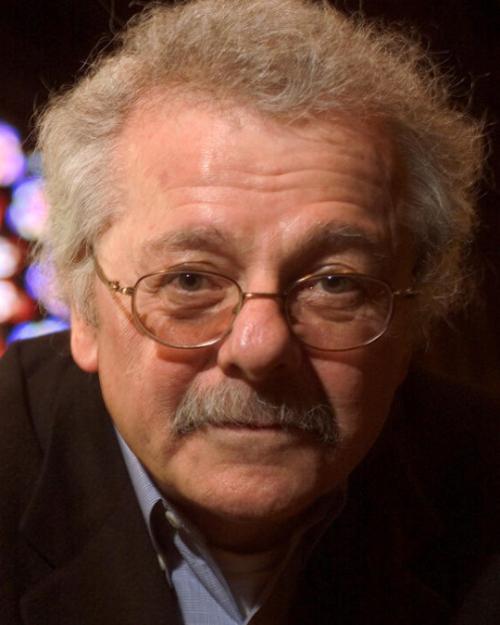Stephen P. Ellner, the Horace White Professor of Ecology and Evolutionary Biology in the College of Arts and Sciences, is developing tools to identify factors that are most important in creating observed patterns, based on a general statistical method called Functional Analysis of Variance (fANOVA), as described in an article on the Cornell Research website. This project advances statistical methods for assessing contributions from multiple processes that affect individuals, populations, and communities.
“Patterns in nature are usually the result of many interacting processes," the article explains. "The question, why are there roughly 1,100 bird species in the United States rather than 110 or 11,000, for example, cannot be answered by listing all the contributing factors. Researchers need to know which factors are more and less important. Similarly, when ecologists study an ecosystem altered by humans, they need to determine which factors are most crucial for preserving biodiversity and which are less critical.”
Read the story on the Cornell Research website.




